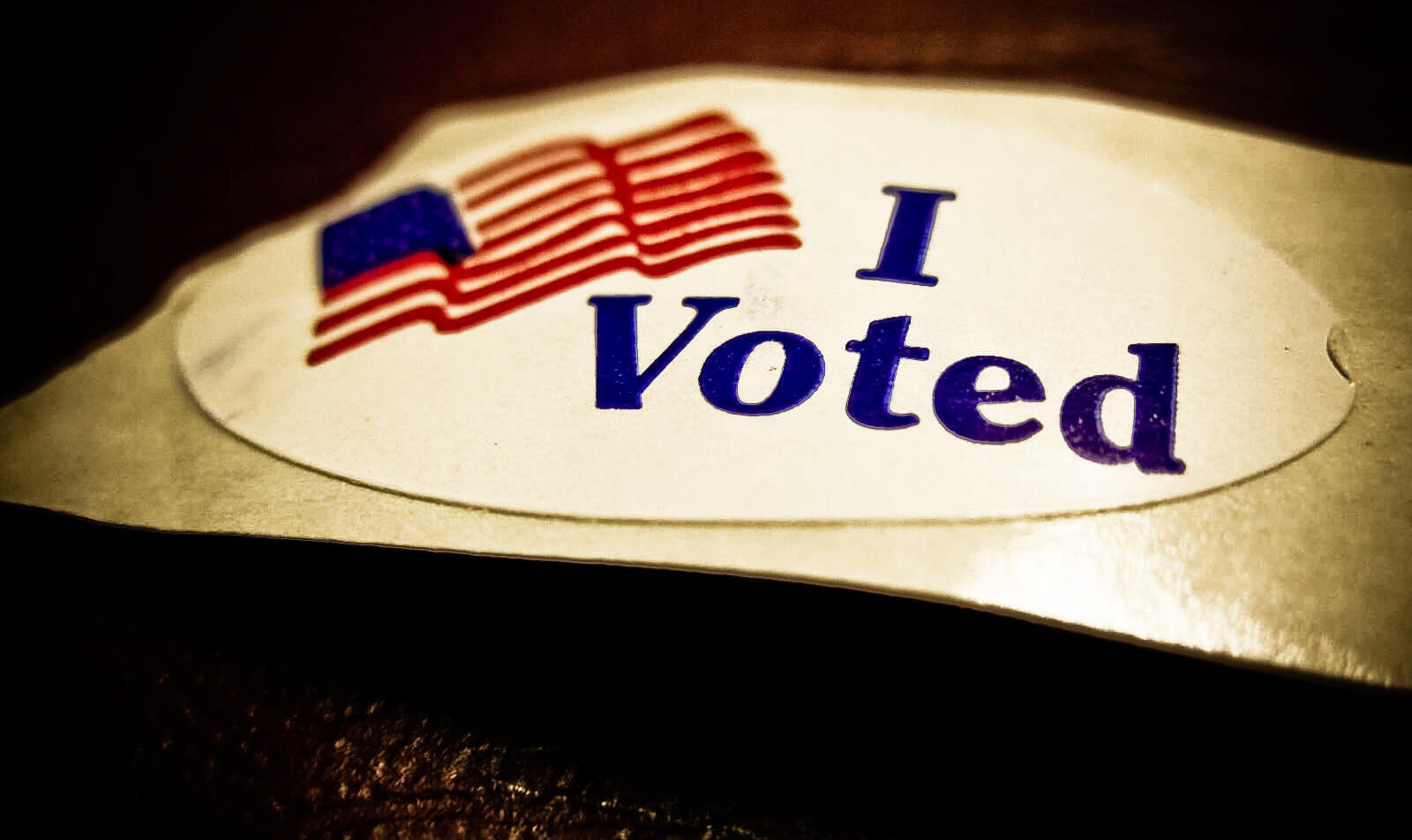Voter Turnout Odds Set the Over/Under at 149.5 Million Votes, 60.5% of Eligible Voters
By Sascha Paruk in Politics News
Published:

- The latest political prop bet is focused on voter turnout in the 2020 presidential election
- The over/under has been set at 149.5 million with the over heavily favored
- How do the 2020 benchmarks compare to historical voting statistics?
Exactly 20 days from the 2020 presidential election, sportsbooks are ramping up their political props.
The latest are focused on the level of voter turnout, setting over/unders on both the total number of voters and the percentage of eligible voters who cast a ballot.
Oddsmakers likely thought they were being liberal by setting the over/under at 149.5 million – which opened at odds of -210o/+165u – since that number is almost 11.million more than any previous US presidential election.
But bettors pounded the over, moving the odds from -210 to -250.
2020 Election Voter-Turnout Odds
| Benchmark | Over Odds | Under Odds |
|---|---|---|
| 149.5 million votes | -250 | +175 |
| 60.5% of eligible voters | -145 | +115 |
Odds as of Oct. 14th.
To avoid burying the lede any further, there are two reasonable options and two terrible options on the board. Bettors who believe turnout will be high should play over 60.5% (-145). Bettors who are skeptical of turnout levels should play under 149.5 million (+175).
Why Is Over 149.5 Million a Bad Bet?
As alluded to above, the highest total in any previous general election is 138.9 million in 2016.
The United States Election Project lists the voting-eligible population (VEP) at 239,247,182 for 2020. If 149.6 million voters cast ballots, then 62.5% of the VEP will have participated.
In order to exceed the 60.55% benchmark in the second prop, only 144,864,169 people need to cast a ballot. In other words, you will be getting longer odds on a smaller number.
Similarly, betting under 149.5 million at +175 will cash if 62.4% of the VEP votes, which gives roughly an extra 1.9% cushion compared to the under on 60.5%, and it comes with a payout that is 52.2% higher.
Voter Turnout Since 2000
| Year (Winner) | Total Voters | % of Eligible Voters |
|---|---|---|
| 2016 (D. Trump) | 138,847,000 | 60.1% |
| 2012 (B. Obama) | 129,235,000 | 58.6% |
| 2008 (B. Obama) | 131,407,000 | 62.2% |
| 2004 (G.W. Bush) | 122,349,000 | 60.7% |
| 2000 (G.W. Bush) | 105,594,000 | 55.3% |
What Do Credible Projections Say About 2020 Turnout?
The director of the US Elections Project, Michael McDonald, is optimistic about voter participation this year, stating that a confluence of motivating factors could result in the “storm of the century”.
If the VEP percentage reaches its highest in 112 years (65.7%), then the total number of votes will fly past 150 million (157.19 million). That would represent a 5.6% increase compared to 2016, which is not unprecedented.
According to The Atlantic, early-voting levels this year “point to a surge at the polls unseen in decades” as the coronavirus pandemic that “threaten[s] the election also prompted many states to adopt the most aggressive expansion of voting options in decades”.
The turnout level during the 2018 midterms buoy the optimists’ arguments. After a drastic decline in 2014, the 2018 midterm turnout was better than it had been in a century.
If not for COVID-19-related concerns about turnout on election day, itself, the 60.5% over/under would likely be much higher. The VEP turnout in 2016 – a pretty weak year for turnout, generally – was 60.1%.
Based on the early data, betting on a turnout of at least 60.55% (144.86 million total voters) at plus-money is how I would play these props.

Managing Editor
Sascha has been working in the sports-betting industry since 2014, and quickly paired his strong writing skills with a burgeoning knowledge of probability and statistics. He holds an undergraduate degree in linguistics and a Juris Doctor from the University of British Columbia.



